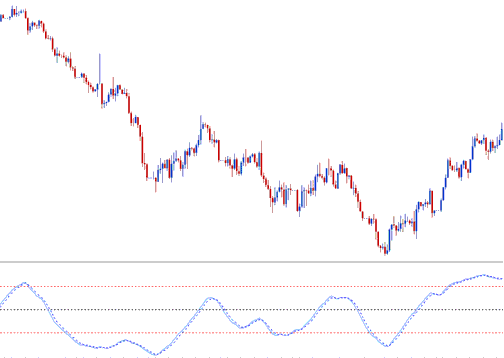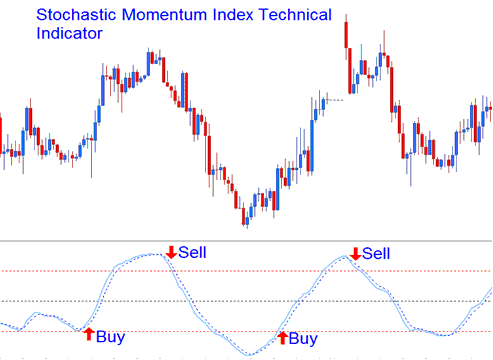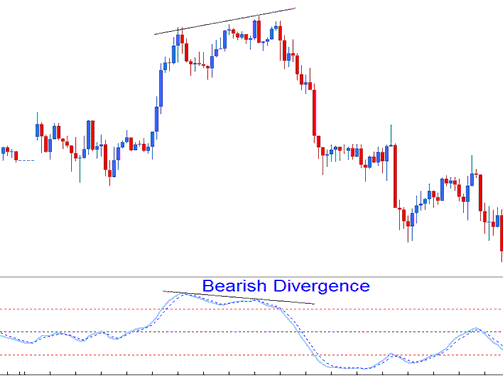Stochastic Momentum Index Technical Analysis & Stochastic Momentum Index Signals
Developed by William Blau.
The Stochastic Momentum Index, SMI indicator is an adaptation of the classic Stochastic Oscillator indicator which smoothes out the stochastic oscillations.

Construction of Stochastic Momentum Indicator
This technical indicator is calculated by comparing the stock price relative to the average of an n number of periods.
Then instead of plotting these values directly, smoothing using an Exponential Moving Average is applied & then the values drawn to form the SMI.
When the closing stock price is greater than the average of the range, the SMI will move upward.
When the closing stock price is less than the average of the range, the SMI will move downwards.
This oscillator ranges between the values of +100 and -100, this indicator is also less prone to whipsaws compared to the stochastic oscillator.
Technical Analysis & Generating Signals
Buy and Sell Signals/ Crossover Signals
The Stochastic Momentum Index can be used to generate buy and sell signals using the method illustrated below, Buy when the SMI is moving upwards and sell when its moving downward.

Buy & Sell Signals/ Crossover Signals
Overbought/Oversold Level Indices Trading Crossovers
- Overbought levels above +40
- Oversold levels below -40
Buy signal is generated when this oscillator falls below oversold level and then rises above this level & starts to move upward.
Sell Signal is generated when this oscillator rises above overbought level and then falls below this level and starts to move downwards.
Divergence Stock Indices
The example illustrated below shows a bearish classic divergence between the stock price & the SMI. When the Stochastic Momentum Index showed this divergence the stock price trend reversed and started to move in a downward direction.

Bearish Trade Divergence


